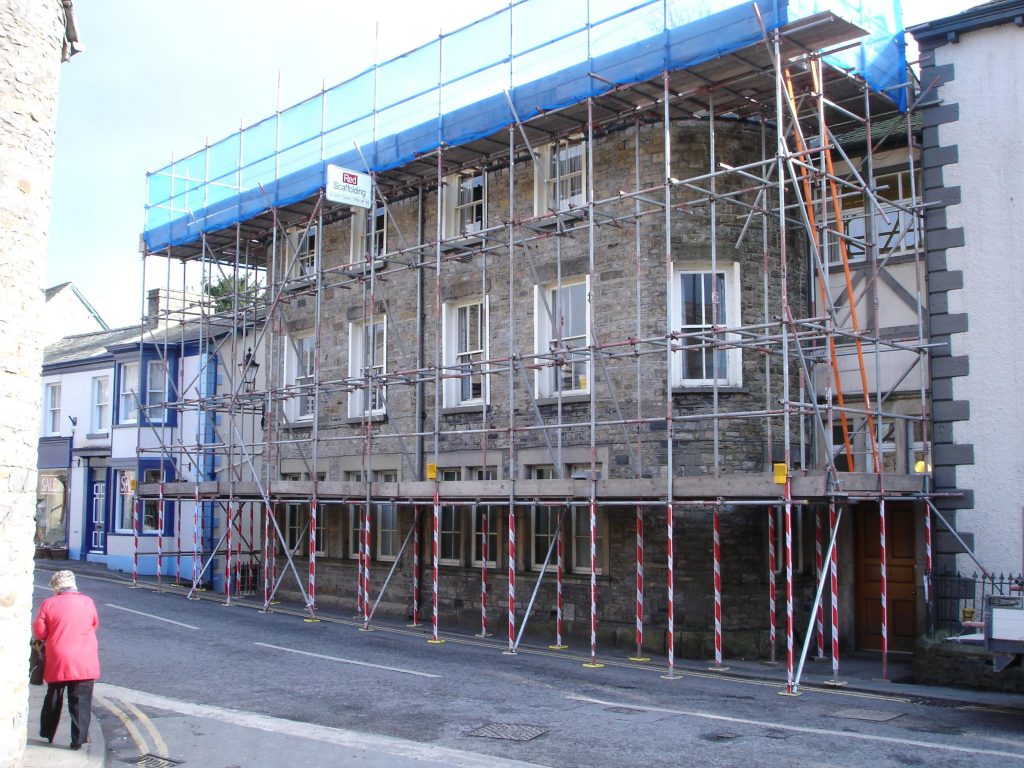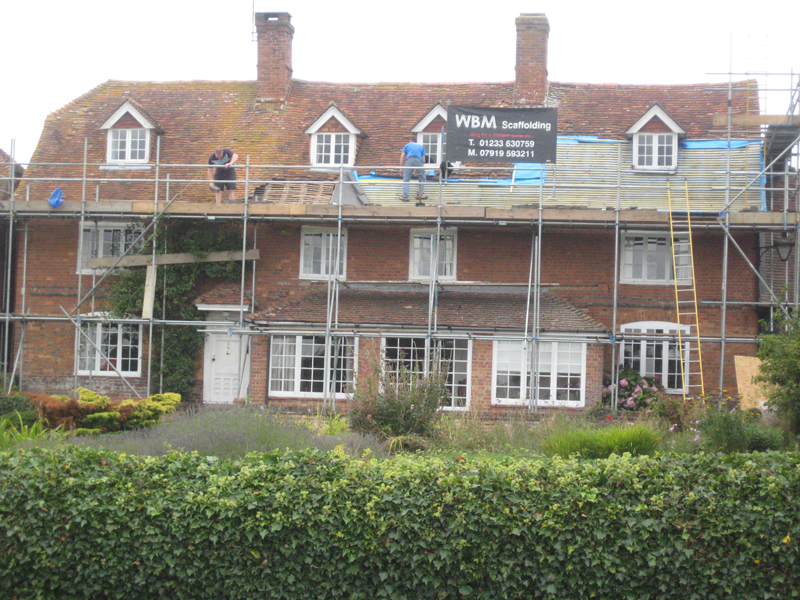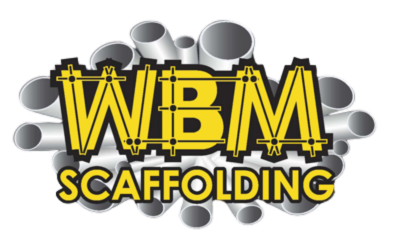Scaffolding helps people reach high places safely during building or repair work. There are many types of scaffolding, and one of the most common is called independent scaffolding. In Ashford, this type is often used for homes, shops, schools, and construction sites because it’s strong, safe, and doesn’t need to be fixed to the building.
I will explain what independent scaffolding is, when it’s used, why it’s important, and how it fits into UK safety rules. If you’ve never worked with scaffolding before, don’t worry we’ll keep things simple and clear.
What is Independent Scaffolding?
Independent scaffolding is a structure that stands on its own. It doesn’t rely on the building to stay up. Instead, it has two rows of upright poles (called standards) that are joined together with horizontal poles (called ledgers). These create platforms for people to stand on while working.
One row of poles sits close to the wall. The second row is further away. Because it has support on both sides, it doesn’t need to be tied to the building, unless it gets very tall or windy.
This setup makes it useful in many places especially if the building has fragile bricks, decorative stonework, or insulation that you don’t want to damage.



When is Independent Scaffolding Used?
This type of scaffolding is used all over Ashford from domestic repairs to large-scale builds. You might see it in use when:
- Building an extension on a home
- Repointing or rendering old brick walls
- Installing new windows or rooflines
- Painting the outside of a tall building
- Carrying out school or shopfront maintenance
It’s also handy when builders or tradespeople need safe access but don’t want to fix scaffold directly into the structure which is common on listed buildings.
What Makes It Different?
There are other scaffold types, like cantilever and suspended scaffolding. These need extra supports or fixing points. But independent scaffolding is different because:
- It has two rows of poles for strength
- It stands without needing wall ties (unless very high)
- It’s easy to move and adjust as the job progresses
- It’s suitable for straight walls and buildings with few changes in shape
That’s why it’s the go-to choice for builders and decorators across Kent.
Is It Safe?
Yes when built by trained professionals, independent scaffolding is very safe. Like all work-at-height setups in the UK, it must follow strict safety rules. These include:
Scaffolders must:
- Make sure the ground is firm and level
- Fit guardrails and toe boards to stop falls
- Provide safe access like ladders or stairs
- Use strong boards that can take the weight
- Check everything regularly for signs of wear or damage
If scaffold is over 2 metres high, it should be inspected:
- Before the first use
- Every 7 days
- After bad weather or changes to the setup
You can learn more about scaffold safety standards from the HSE.
What Does the Law Say?
In Ashford and the rest of the UK, scaffold work must follow national regulations. Here are the basics:
- Trained workers only – Scaffolders should hold a CISRS card or similar proof of training.
- Insurance – The company must have public liability insurance in case something goes wrong.
- Permits – If the scaffolding goes onto a public path or road, you’ll need a licence from Kent County Council.
- Protection for others – Netting or fencing may be needed if scaffold is near pedestrians.
It’s your scaffolder’s job to handle all this. But as the customer, it helps to understand what’s required.
How Much Does Independent Scaffolding Cost?
The price can vary depending on:
- The size of your building
- How long the work will take
- How easy the site is to access
- Whether you need extras like stair towers or sheeting
For example, a simple two-storey setup for painting might cost £400–£1000 for a few weeks. A bigger build, like a full re-roof, could be £1,000 or more. Every site is different, so it’s best to get a tailored quote.
If you’re planning a job in Ashford, contact us here to get started.
How Long Does It Take to Put Up?
Scaffold installation is usually quick a small setup could take a few hours, while a full house might take a day or two. Because it doesn’t need to be fixed to walls, independent scaffolding can be faster than other types.
It also leaves no permanent marks on the property once taken down.
Common Questions About Independent Scaffolding
Q: Can I use it on any building?
Yes, as long as the ground is firm. It’s especially useful when you don’t want to drill into walls.
Q: Do I need permission to use it?
Only if it goes onto public land. In that case, your scaffolder must apply for a licence.
Q: Can I climb it myself?
Only if you are trained. Never use scaffolding unless it’s been inspected and you’ve been shown how to do so safely.
Q: Is it cheaper than other types?
Usually, yes. Because it’s simple and doesn’t need tie-ins, it’s a cost-effective choice.
Why Ashford Uses Independent Scaffolding Often
Ashford has a mix of older and newer homes, commercial buildings, and schools. Independent scaffolding suits:
- New builds in places like Finberry and Chilmington
- Terraced homes near the town centre
- Shops and offices along the high street
- Cottages and barns in nearby villages
Its versatility means builders, decorators, and tradespeople use it often.
You can see examples of recent local projects on our Facebook and Instagram pages.
We also appear on Checkatrade where past clients share honest feedback.
Choose a Team That Knows Ashford
Good scaffolding companies don’t just build they plan for safety, weather, access, and timing. They explain everything clearly and help make sure your project goes smoothly.
At WBM Scaffolding, we’ve worked on hundreds of homes and sites around Ashford. Whether it’s a quick repair or a large build, we can help you choose the right scaffold, get permits sorted, and set everything up safely.
If you need independent scaffolding in Ashford, contact us here. We’ll answer your questions, explain your options, and give you a quote without any pressure.
